樂高ev3 讀取外部數據
When I was a kid, I used to love playing with Lego. My brother and I built almost all kinds of stuff with Lego — animals, cars, houses, and even spaceships. As time went on, our creations became more ambitious and realistic. There were also times when we could each have insisted that our Lego was our own, till we realized that pooling resources would eventually help us went further. We were growing up too, and as our playing became more sophisticated, we learned how to make better models.
小時候,我曾經喜歡和樂高玩。 我的兄弟和我用樂高積木建造了幾乎所有東西-動物,汽車,房屋,甚至宇宙飛船。 隨著時間的流逝,我們的創作變得更加雄心勃勃和更加現實。 有時我們每個人都可以堅持認為樂高是我們自己的,直到我們意識到匯集資源最終將幫助我們走得更遠。 我們也在成長,隨著我們的演奏變得越來越復雜,我們學會了如何制作更好的模型。
As an aspiring data scientist, I realized that working with data is surprisingly a lot like my childhood Lego memories. In this article, I want to share some of the memories I’ve had that show how playing with Lego and working with data are closer than you think.
作為一個有抱負的數據科學家,我意識到處理數據非常像我童年時期的樂高記憶。 在本文中,我想分享一些我曾經經歷過的記憶,這些記憶表明與Lego玩游戲和處理數據的關系比您想象的要近。
探索是該過程中最有趣的部分。 (Exploration is the most fun part of the process.)
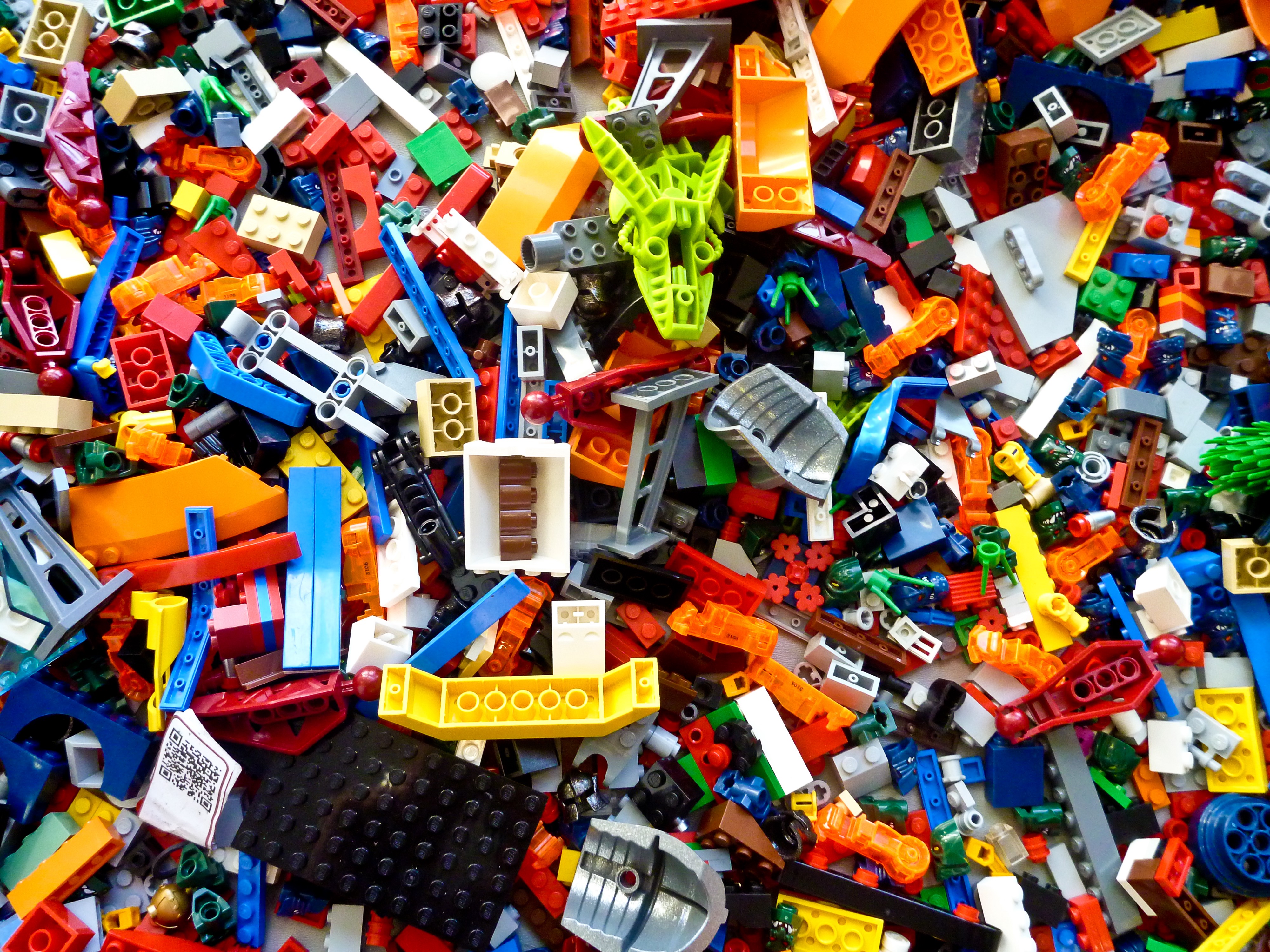
When I was a kid, I liked to put all my Lego bricks together in a giant tub because a lot of fun in building something was searching through a sea of bricks and trying out new patterns that I didn’t think about before.
當我還是個孩子的時候,我喜歡將所有樂高積木放在一個巨大的浴缸中,因為建造東西的樂趣來自于在積木中尋找并嘗試了以前從未想到的新模式。
Anyone who deals with data knows that as much as 80% of the process is cleaning up the data and doing exploratory analysis. Personally, that’s what I love about working with data — that’s where I let my creativity and imagination run wild. Jumping straight into the dataset and exploring various visualizations and correlations, in search of patterns, brings me back to a childhood spent digging through a pile of Lego.
任何處理數據的人都知道,多達80%的過程正在清理數據并進行探索性分析。 就個人而言,這就是我喜歡使用數據的原因,這是我讓自己的創造力和想象力瘋狂的地方。 直接進入數據集并探索各種可視化效果和相關性,以尋找模式,這使我回到了童年時花大量時間在挖掘一堆樂高玩具上的經歷。
要構建有用的東西,您需要大量資源。 (To build something useful you need lots of resources.)
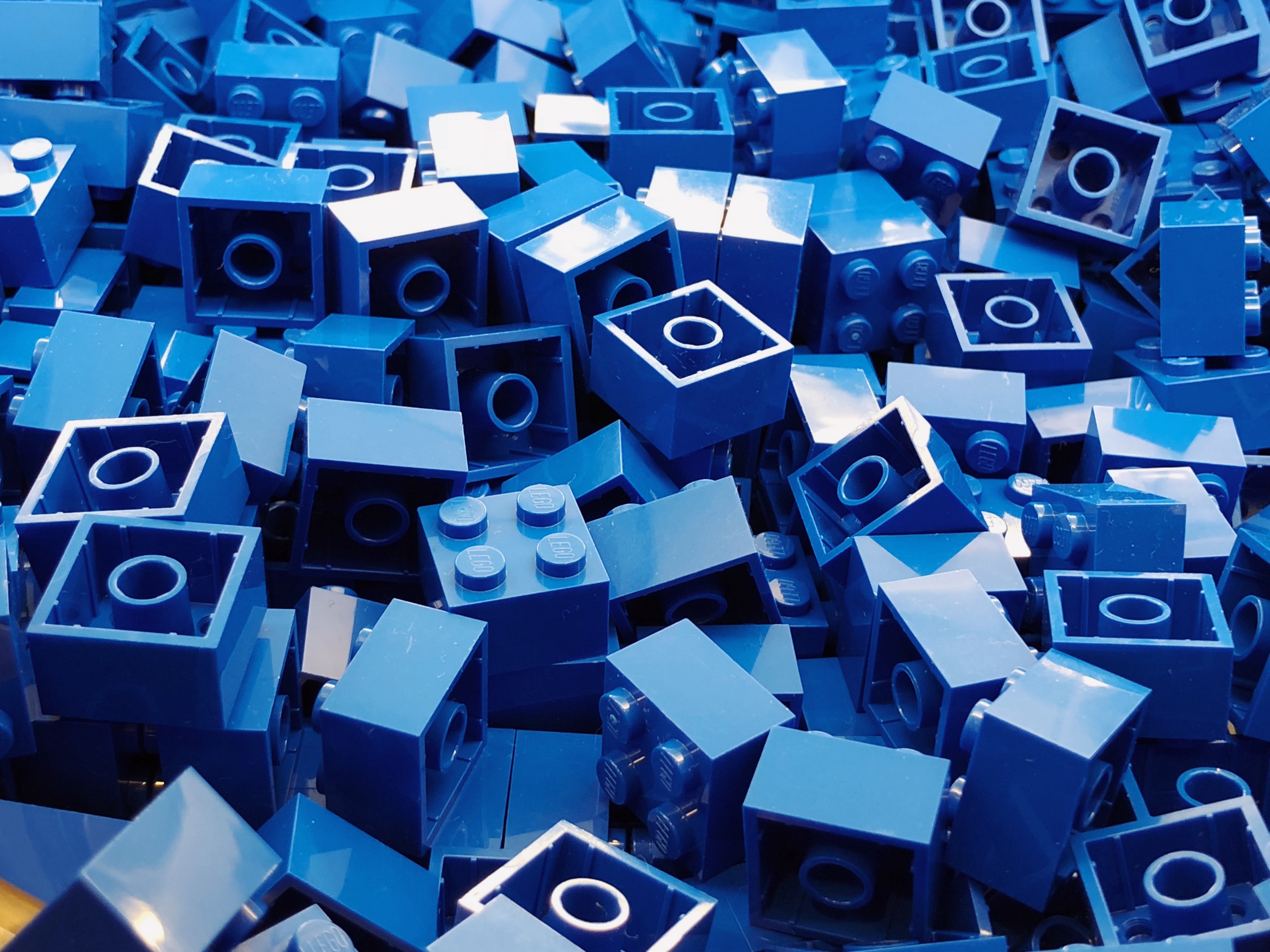
If you don’t have enough Lego bricks, chances are the things you’re building aren’t realistic. The model is crude, the colors don’t match, and there are gaps. The same goes for machine learning models. If you don’t have enough data, your models are poor, and you will encounter lots of errors.
如果您沒有足夠的樂高積木,那么您正在建造的東西可能就不現實了。 模型很粗糙,顏色不匹配,并且有空隙。 機器學習模型也是如此。 如果沒有足夠的數據,則模型會很差,并且會遇到很多錯誤。
However, sometimes, I might not have the right pieces to build a model exactly the way I wanted it, so I had to search for alternatives or reconsider how to build my Lego model. Hence, I learned a new way of using what I had. Similarly, as long as you are creative about where you look, there are always insights to be gained from even the most limited data.
但是,有時候,我可能沒有合適的工具來按照我想要的方式完全構建模型,因此我不得不尋找替代方案或重新考慮如何構建Lego模型。 因此,我學到了一種使用現有物品的新方法。 同樣,只要您對自己的外觀具有創造力,即使是最有限的數據也總會獲得洞察力。
高質量的模型需要多種資源。 (A good quality model needs a diversity of resources.)
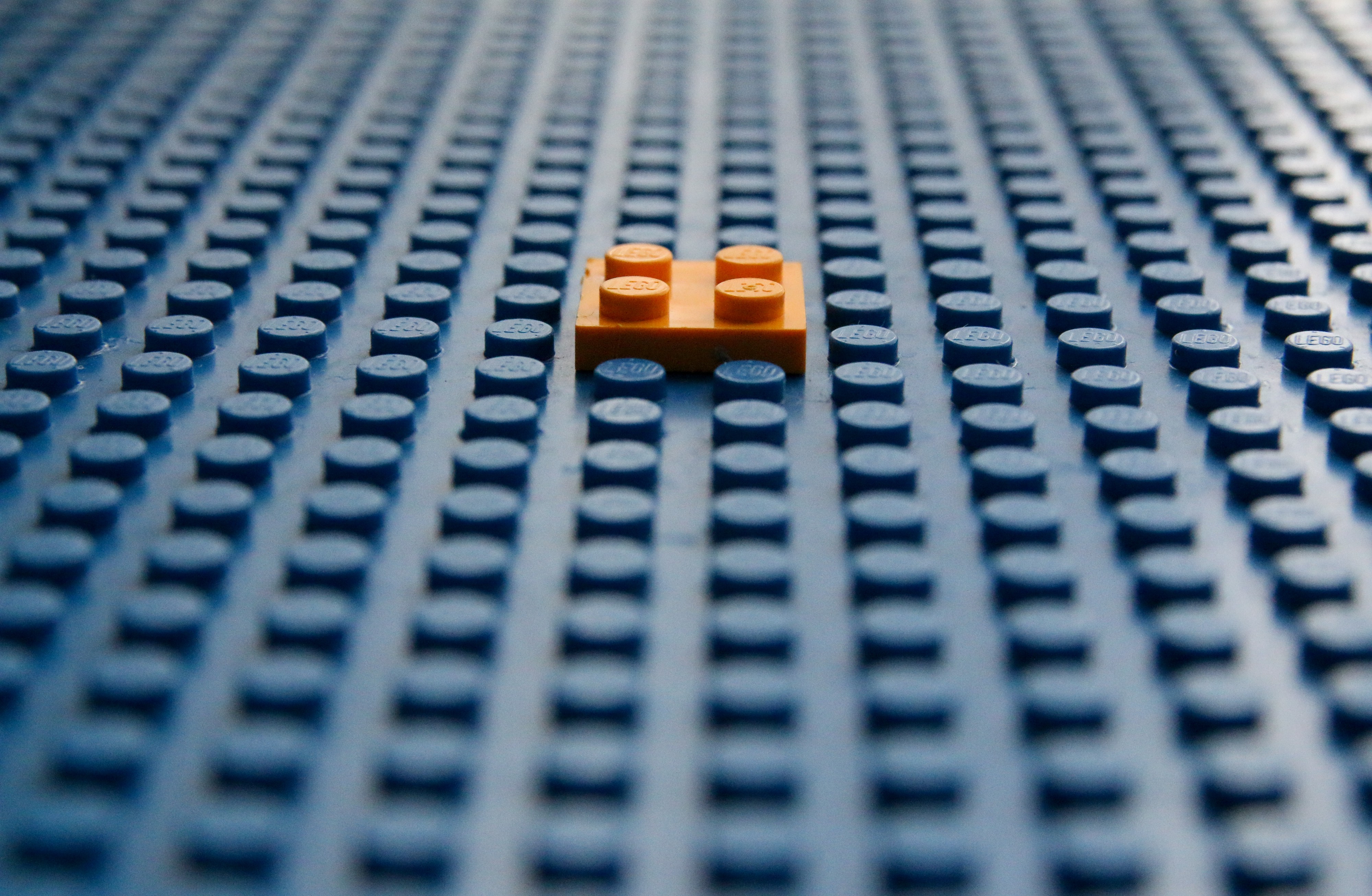
To build a good quality Lego model, you also need a diversity of bricks. Models built with only the basic 2x4 bricks are rough and inaccurate. This is where it was so useful to get Lego from friends and family. As our family and friends gave us more Lego bricks, we got more diverse bricks that helped us create more accurate models.
要構建高質量的Lego模型,您還需要各種各樣的積木。 僅使用基本2x4磚塊構建的模型是粗糙且不準確的。 在這里,從朋友和家人那里獲得樂高玩具非常有用。 隨著我們的家人和朋友給我們提供了更多的樂高積木,我們獲得了更多種類的積木,這有助于我們創建更準確的模型。
This may also be a harsh childhood truth, that the children with the most Lego, the best pieces, and the most time to play create the best models. The same harsh truth applies to any machine learning projects. Projects with the biggest data volumes, the most diverse data, and the best teams to use the data would create the most accurate models.
這也可能是一個殘酷的童年真理,那就是樂高,最好的作品和最長時間玩耍的孩子會創造出最好的模特。 同樣的苛刻真理適用于任何機器學習項目。 數據量最大,數據種類最多,使用數據的團隊最好的項目將創建最準確的模型。
兩者都需要反復思考。 (Both require iterative thinking.)
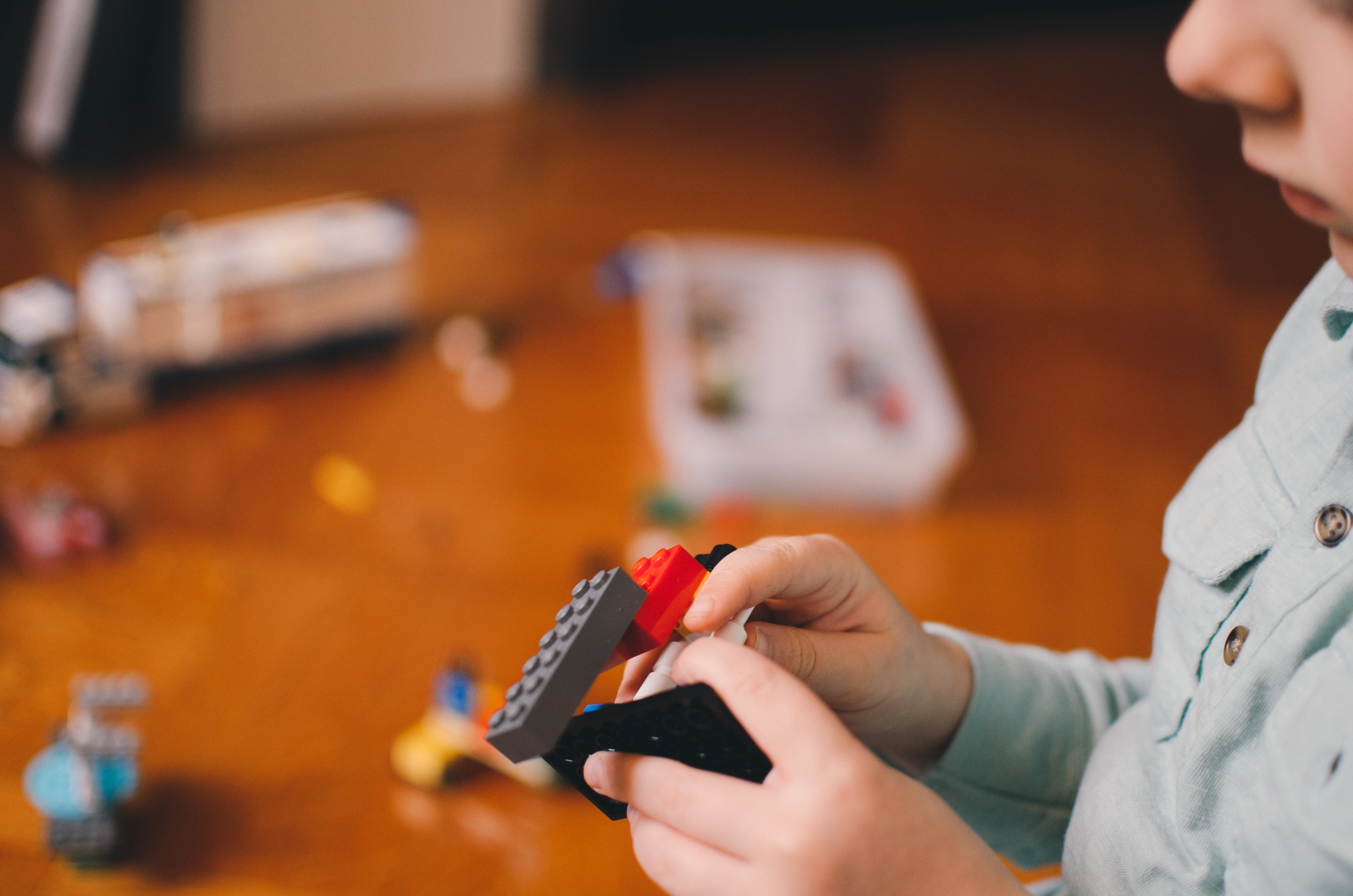
The beauty of Lego is that you’re not limited to what’s on the box. Rebuilding something and refining it each time requires iterative thinking. When it comes to working with data, there are also plenty of opportunities to iterate.
樂高的魅力在于,您不僅限于盒子上的東西。 每次重建和完善它們都需要反復思考。 在處理數據時,還存在很多迭代的機會。
When I get a “decent enough” solution, whether it’s a dashboard or a Python script, I still find time to break it, repair it, and keep improving. It may seem to get the job done at first, but I’m likely to be able to redesign it into something more effective and scalable.
當我得到一個“足夠體面”的解決方案時,無論是儀表板還是Python腳本,我仍然有時間打破它,對其進行修復并不斷改進。 它似乎一開始就可以完成工作,但我很可能能夠將其重新設計為更有效和可擴展的功能。
隨著您構建更多產品,您會變得更好。 (You get better as you build more.)
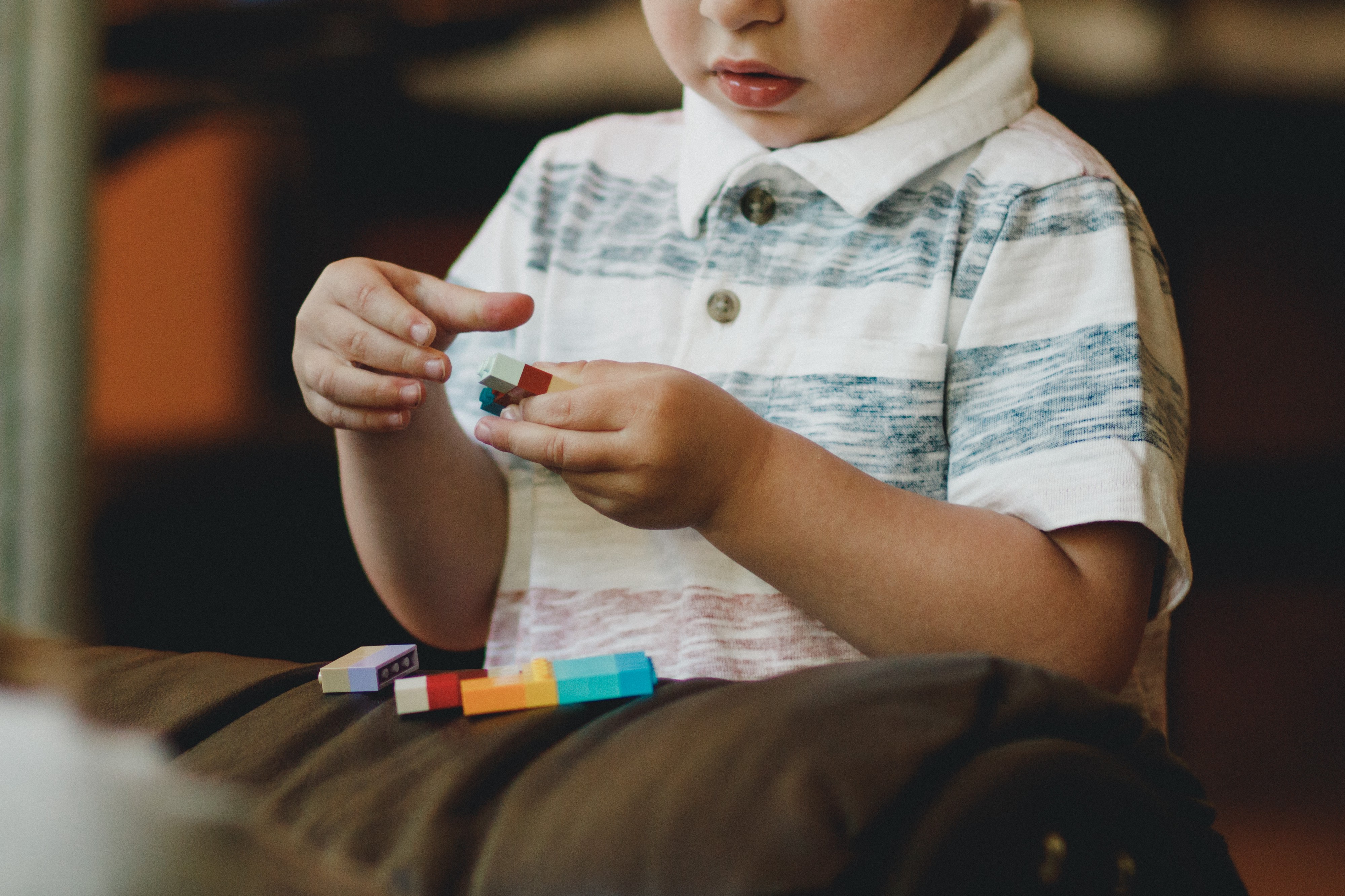
Young children make rough Lego models, the colors don’t match and the shapes are wrong. On the other hand, older children build models with careful color and shape planning.
年幼的孩子會制作粗糙的Lego模型,顏色不匹配,形狀錯誤。 另一方面,年齡較大的孩子在構建模型時要仔細計劃顏色和形狀。
The same also happens with data and algorithms. As you get to know your data and algorithms, you get to understand their limitations and strive to build something better. And as the amount of data is growing, you may need to fix and adjust your models to get better and better. In other words, the same learning curve applies to Lego building and machine learning modeling.
數據和算法也是如此。 當您了解數據和算法時,您將了解它們的局限性并努力構建更好的東西。 并且,隨著數據量的增長,您可能需要修復和調整模型以變得越來越好。 換句話說,相同的學習曲線適用于樂高積木和機器學習建模。
設計很重要。 (Design is important.)
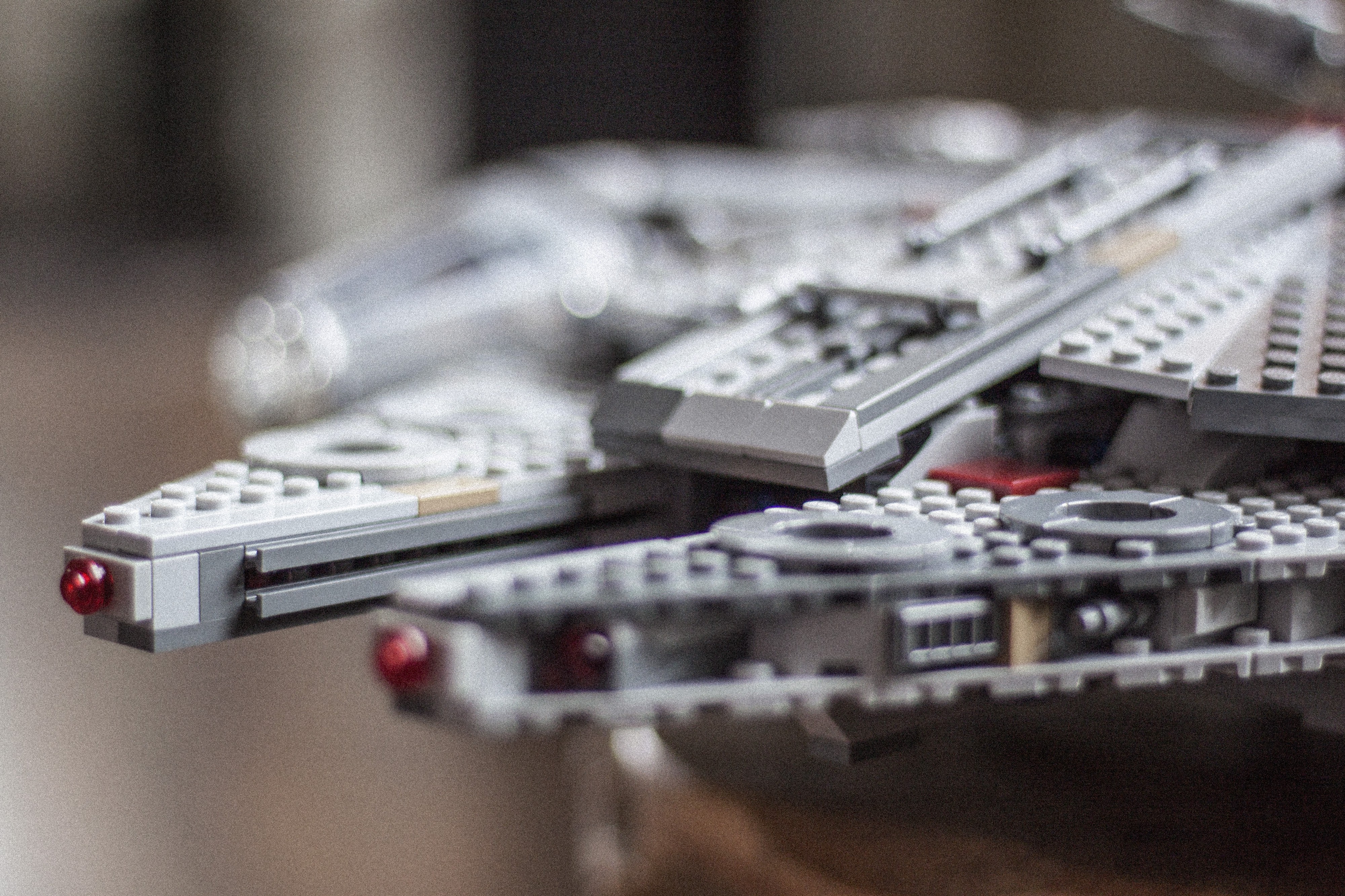
The name Lego is derived from the Danish phrase ‘leg godt’, which means “play well.” Before I start building something with Lego, I will first decide if it’s something I want to display, or something I want to play with. For display-only models, I could get away with a simpler architecture, but if it was something I wanted to play with, I knew I had to make it extra robust. After all, it would be very disappointing if the wings of my spaceship fell off while I was swooshing it around the room.
樂高這個名字源自丹麥語“ leg godt” ,意思是“打得好”。 在開始使用Lego構建東西之前,我將首先決定是要顯示還是要玩的東西。 對于僅用于顯示的模型,我可以采用更簡單的體系結構,但是如果要使用它,我知道必須使其更加堅固。 畢竟,當我在房間周圍晃動時,如果我的飛船的機翼掉下來,那將是非常令人失望的。
When it comes to making a dashboard, Python script, or even a report, I often start by asking myself if this is something people will actually use (i.e. play with), or if it’s something they want to see once and never again. From there, I plan and build accordingly.
在制作儀表板,Python腳本甚至報告時,我通常會先問自己這是否是人們真正會使用(即玩弄)的東西,還是他們想一次又一次地看到的東西。 從那里,我計劃并進行相應的構建。
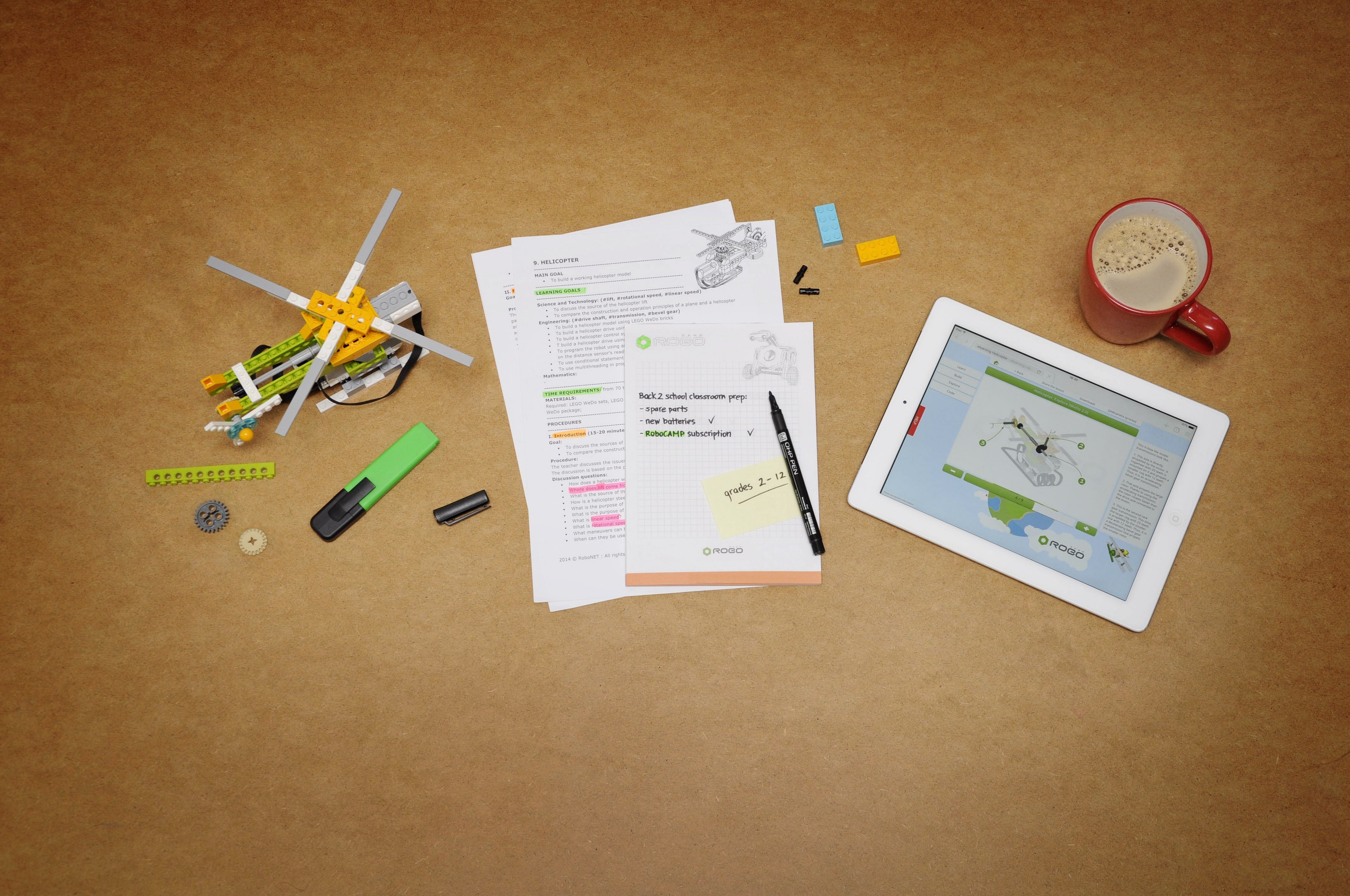
Lego has taught me a lot about data and building models. Just like Lego:
樂高教給我很多有關數據和構建模型的知識。 就像樂高:
“To build something useful you need lots of resources, diversity, and the knowledge to build the right models in the right way.”
“要構建有用的東西,您需要大量資源,多樣性和知識,以正確的方式構建正確的模型。”
翻譯自: https://towardsdatascience.com/data-is-the-new-lego-bc634cc8a795
樂高ev3 讀取外部數據
本文來自互聯網用戶投稿,該文觀點僅代表作者本人,不代表本站立場。本站僅提供信息存儲空間服務,不擁有所有權,不承擔相關法律責任。 如若轉載,請注明出處:http://www.pswp.cn/news/389399.shtml 繁體地址,請注明出處:http://hk.pswp.cn/news/389399.shtml 英文地址,請注明出處:http://en.pswp.cn/news/389399.shtml
如若內容造成侵權/違法違規/事實不符,請聯系多彩編程網進行投訴反饋email:809451989@qq.com,一經查實,立即刪除!



和下采樣(縮小圖像)(最鄰近插值和雙線性插值的理解和實現))




)









